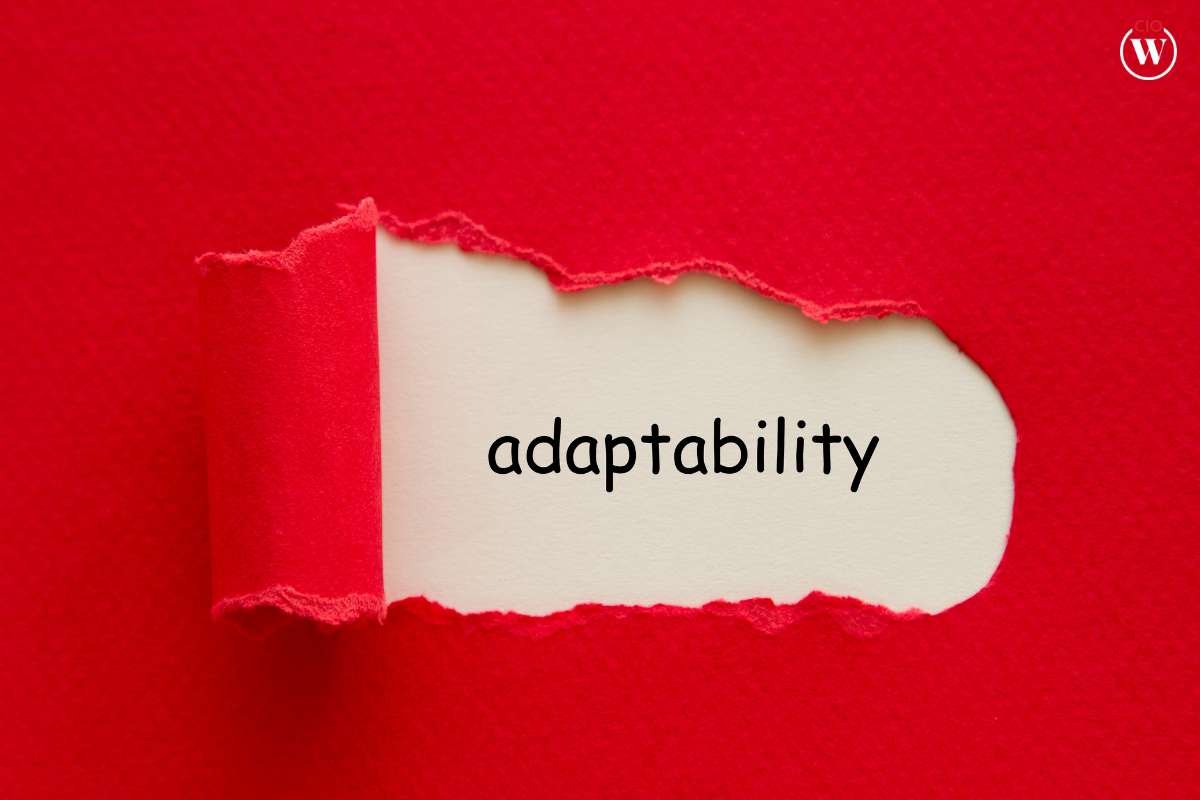A recession is a period of economic decline, typically characterized by a decrease in the gross domestic product (GDP), employment, and income levels. The economic downturn can lead to various negative impacts, including business closures, job losses, and financial instability for individuals and families. However, some businesses can weather the storm and emerge stronger after a recession. In this essay, we will discuss the characteristics and strategies of recession survivors, specifically businesses serving the public.
The Characteristics of Recession Survivors;
1. Adaptability
One of the key characteristics of businesses that Recession Survivors is adaptability. Companies that are flexible and able to adjust to changing market conditions are more likely to succeed during a downturn. For example, during the COVID-19 pandemic, many restaurants shifted to takeout and delivery services to continue serving customers while complying with safety regulations. This adaptability allowed them to maintain their customer base and revenue streams, even though their business model had to change.

2. Customer Focus
Businesses that prioritize customer needs are more likely to retain their customers during a recession. Companies that provide value to their customers, such as affordable prices or high-quality products, are more likely to maintain their customer base. Additionally, businesses that prioritize customer service and communication are more likely to build trust and loyalty with their customers. For example, during the COVID-19 pandemic, companies that were transparent about their safety protocols and provided clear communication to their customers were able to maintain their customer base.
3. Financial Stability
Businesses that have financial stability are more likely to be Recession Survivors. Companies that have strong cash reserves or low debt levels are better equipped to weather a downturn. Additionally, companies that have diversified revenue streams or are not reliant on a single customer or product are more likely to survive. For example, during the 2008 recession, companies that had diversified revenue streams, such as Procter & Gamble, were able to weather the storm.
Strategies for Recession Survivors;
1. Cost Reduction
One of the most common strategies for businesses during a recession is cost reduction. Companies that can reduce their expenses while maintaining their revenue streams are more likely to survive. This can be achieved through various methods, such as reducing staff, renegotiating contracts with suppliers, or finding more cost-effective ways to operate. For example, during the 2008 recession, General Electric reduced its costs by $2 billion through staff reductions and other cost-cutting measures.
2. Innovation
Innovation can also be a key strategy for recession survivors. Companies that are able to develop new products or services that meet changing customer needs are more likely to succeed. Additionally, companies that can adapt their existing products or services to meet new market demands can maintain their customer base. For example, during the COVID-19 pandemic, many companies developed new products or services to meet changing customer needs, such as Zoom’s video conferencing software.
3. Investment in Marketing
Investing in marketing can also be a successful strategy for businesses during a recession. Companies that can maintain or increase their marketing efforts during a downturn can stand out from their competitors and attract new customers. Additionally, companies that can build their brand during a recession are more likely to emerge stronger when the economy recovers. For example, during the 2008 recession, Nike increased its marketing efforts and was able to maintain its market share.
4. Expansion into New Markets
Expanding into new markets can also be a successful strategy for recession survivors. Companies that can identify new opportunities for growth and diversify their revenue streams are more likely to succeed. Additionally, companies that can adapt their products or services to meet the needs of new markets can maintain their competitive edge. For example, during the COVID-19 pandemic, many companies expanded into new markets, such as personal protective equipment (PPE) production, to meet new customer needs.
Case Study: Costco Wholesale:
- Cost
One example of a recession survivor in the business serving the public category is Costco Wholesale, a membership-based warehouse club. During the 2008 recession, Costco was able to maintain its customer base and even grow its business, despite the economic downturn.
- Adaptability
One of the key factors in Costco’s success during the recession was its adaptability. Costco was able to adjust its business model to meet changing customer needs. For example, during the recession, Costco offered more affordable products and increased its focus on value for its customers. Additionally, Costco shifted its marketing efforts to focus on its private-label products, which are typically less expensive than name-brand products. This adaptability allowed Costco to maintain its customer base and attract new customers during the recession.
- Customer Focus

Costco has always prioritized customer needs, and this focus was particularly important during the recession. Costco’s commitment to providing high-quality products at affordable prices helped it retain its customer base. Additionally, Costco’s customer service was a key factor in its success during the recession. Costco employees are known for their friendly and helpful attitudes, and this customer service helped build trust and loyalty with customers.
- Financial Stability
Costco’s financial stability was also a key factor in its success during the recession. Costco has always had strong financials, with a focus on maintaining low prices for customers while still making a profit. Additionally, Costco’s membership model provides a steady stream of revenue, even during an economic downturn. This financial stability allowed Costco to weather the storm during the recession and emerge even stronger when the economy recovered.
- Strategies
1. Cost Reduction
Costco’s focus on cost reduction is a key strategy for its success during the recession. Costco is known for its lean operating model, which allows it to keep costs low while still providing high-quality products and excellent customer service. Additionally, Costco was able to reduce costs during the recession through staff reductions and other cost-cutting measures. However, Costco was able to achieve these cost reductions while still maintaining its customer focus and quality standards.

2. Innovation
Innovation has also been a key strategy for Costco’s success with Recession Survivors. Costco has always been focused on providing unique products and services to its customers, and this innovation has helped it maintain its competitive edge. For example, during the COVID-19 pandemic, Costco was able to adapt its business model to meet changing customer needs, such as offering curbside pickup and expanding its delivery services. This innovation allowed Costco to maintain its customer base and even attract new customers during the pandemic.
3. Investment in Marketing
Costco’s investment in marketing has also been a key factor in its success. Costco has always had a strong brand, and its marketing efforts have helped build customer loyalty and attract new customers. Additionally, during the recession, Costco increased its marketing efforts to focus on its private-label products, which helped build customer trust and loyalty.
4. Expansion into New Markets
Expansion into new markets has also been a successful strategy for Costco. In addition to its traditional warehouse club business, Costco has expanded into other areas, such as travel services and online retail. This diversification has helped Costco maintain its competitive edge and grow its business.
BOTTOM LINE
Businesses serving the public can survive and even thrive during a recession if they have the right characteristics and strategies in place for Recession Survivors. Characteristics such as adaptability, customer focus, and financial stability are key to weathering the storm during an economic downturn.
Strategies such as cost reduction, innovation, investment in marketing, and expansion into new markets can also help businesses survive and emerge stronger after a recession. The case study of Costco Wholesale illustrates how these characteristics and strategies can lead to success during a recession in the business serving the public category.









